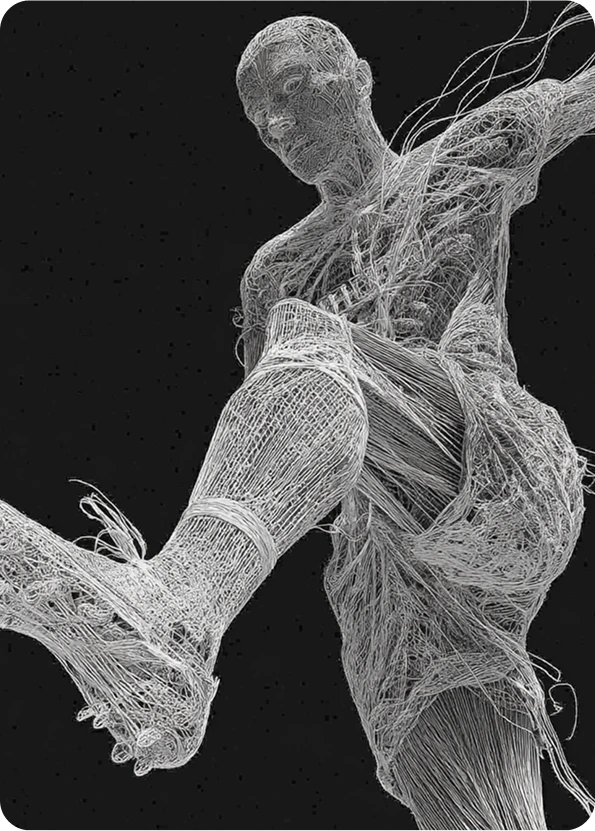Fascia and Long-Term Health

The Role of Fascia
Your body is a complex, interconnected system, and fascia—the connective tissue surrounding muscles, joints, nerves, and organs—plays a critical role in maintaining long-term musculoskeletal health.1,4
Studies have shown that fascia contains nerve endings and sensory receptors that allow it to detect tension, respond to movement, and influence how the body perceives tension, discomfort, and pain. These characteristics make fascia much more than structural support—it plays an essential role in how the body moves, adapts, and feels on a day-to-day basis.2,7,30
When fascia is healthy, it is flexible, elastic, and well-hydrated, allowing it to stretch and glide efficiently across tissues. This supports mobility, enhances shock absorption, and ensures smooth motion between muscles and joints. 4,7
Fascial Aging and Dysfunction
Over time, fascia undergoes natural biological aging: it loses elasticity, becomes thicker or drier, and may develop adhesions.1,2 These changes make it harder for fascia tissue layers to glide past each other, leading to stiffness, reduced range of motion, and greater strain on surrounding muscles and joints.23,31
Fascial dysfunction can develop through natural wear and tear or after injury, and often goes unnoticed at first. But when fascia stops gliding properly, it begins to restrict movement and interfere with how force travels through the body. These changes may not be immediately noticeable, but they often lay the groundwork for persistent chronic pain, restricted movement, and long-term musculoskeletal degeneration if not addressed early.23,26,31






